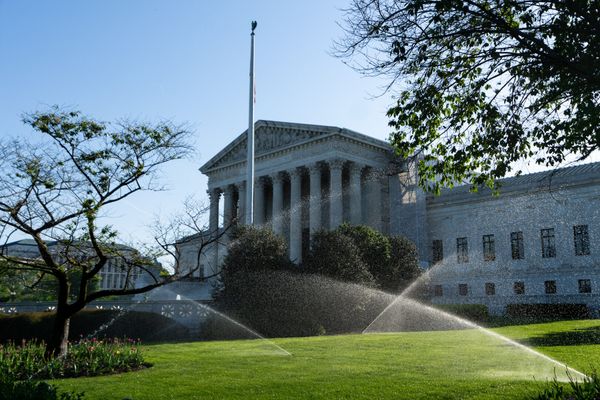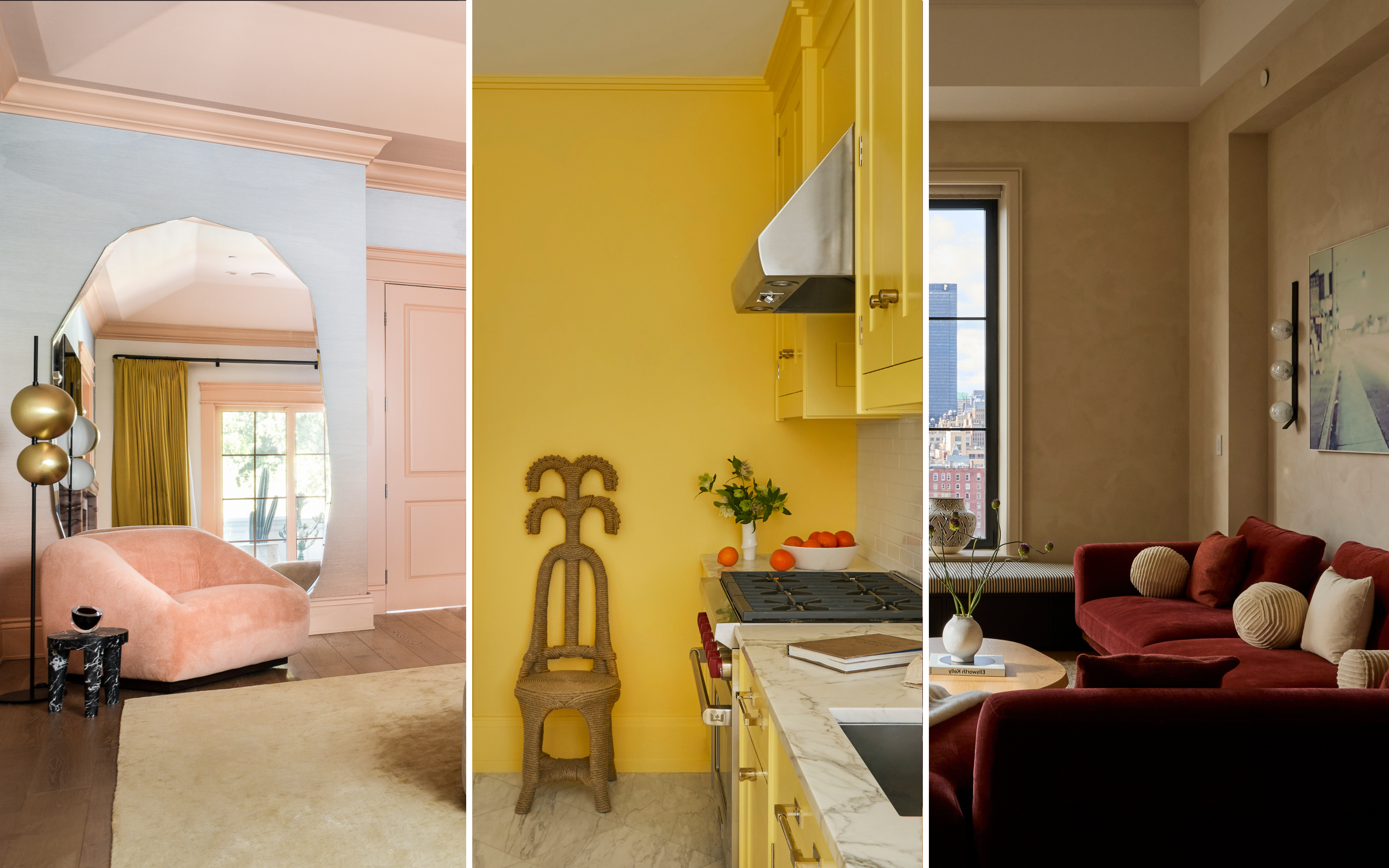
A timeless interior always gets professional designers' seal of approval. Not only are they a wise investment, but enduring designs transcend the short-lived appeal of faddy trends, offering a perennially chic home that promises stylish appeal for eternity. (Think: marble countertops, classic wainscoting, and neutral color palettes.) The question is, how do we know when a fresh idea surpasses 'trend' status and becomes part of the design canon?
We don't, is the answer. That's why plenty of popular trends that are seemingly de rigueur soon become ideas that designers regret following. Even an enduring trend can become an interior design faux pas virtually overnight. Just because a design idea enjoys a moment in the spotlight, it doesn't automatically become esteemed in the eyes of designers. It takes years for timeless designs to earn their stripes.
The last few years have given birth to a wave of interior design trends that purport timelessness, from bouclé upholstery to brass accents. Just a matter of months down the line, however, and designer approval is waning. Keen to find out which supposedly 'timeless' styles are now passé? Here are five trends designers regret following.
1. Shiplap
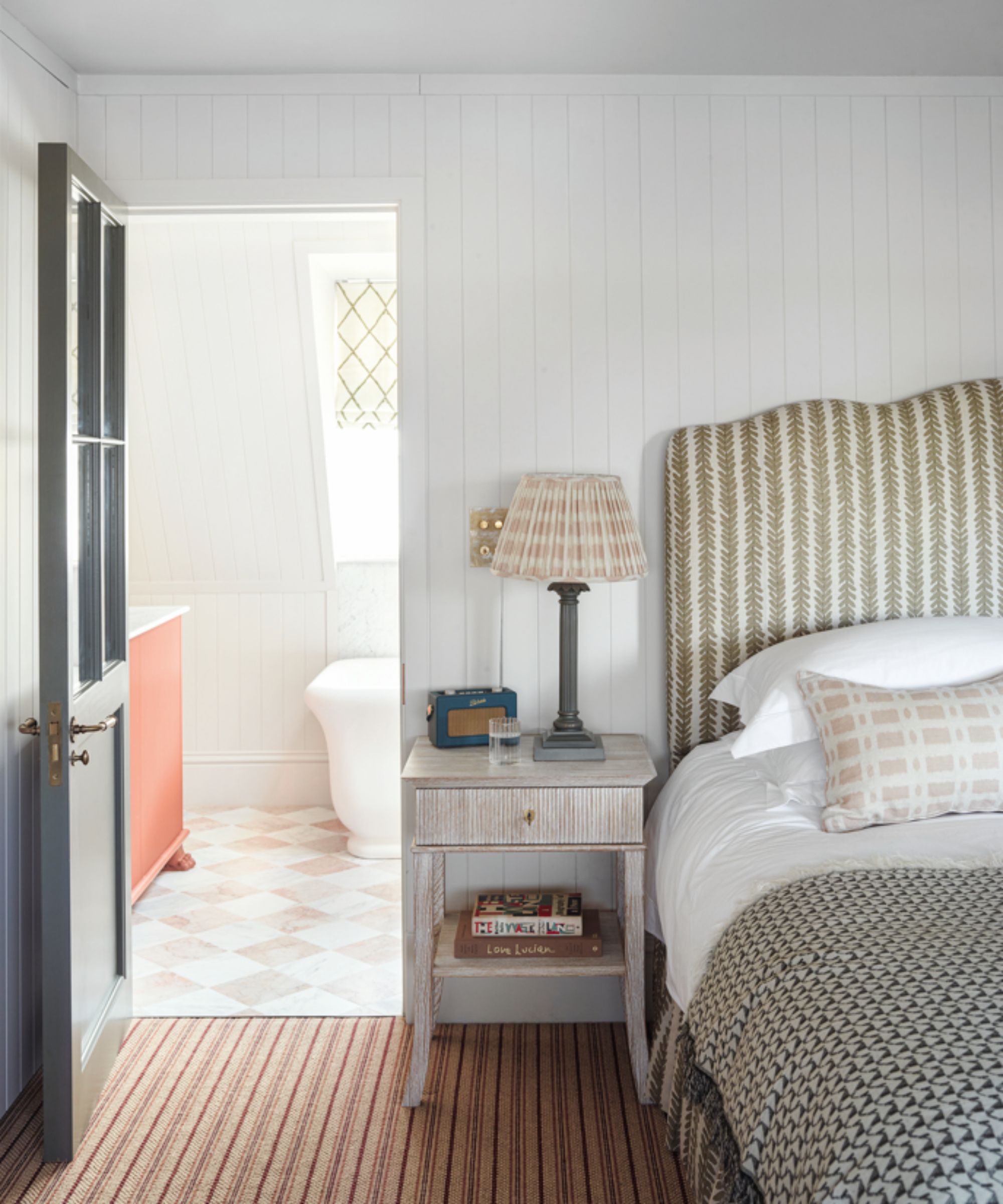
There was a time when shiplap was an unassailable design choice. From farmhouse kitchens and rustic boho-inspired bedrooms to nautical bathrooms and Scandi-style living rooms, there was no place in the home where this wooden paneling didn't belong. Its versatility led many design-minded to rubber stamp shiplap as a timeless interior design style. Now, though, it's up there with millennial gray on the list of overdone ideas.
'Shiplap, when placed in an appropriate setting and with some careful editing, can be warm, interesting, and appropriate,' remarks interior designer Thiara Borges Dananberg of Studio Borges. 'However, in the past few years, it seems to have careened out of control, showing up everywhere – most notably with the displaced modern farmhouse trend. It's just become tired and diluted.'
That being said, paneling can still have space in our homes; the trick is to use it in moderation. There are also plenty of more creative ways to use it to decorate a characterful home: less white-washed shiplap walls, for example, and more tongue-and-groove paneling as a backsplash. Or, use a bold paint color in a high-gloss finish for a more daring idea that adds personality to your space.
2. Accent walls

Accent walls have been a bone of contention in the design world for some time. While loved by many for their illusory effects and ability to bring a focal point to a room, they're also loathed by others, accused of dating a space. The jury's still out on whether they're a stylish idea or not (the verdict changing on each individual basis) but one thing's for certain, they're not as timeless as we once thought them to be.
'Accent walls feel non-committal,' notes Ansley Majit of San Francisco-based studio LARK + PALM. Rather than a single accent wall, a design idea with more longevity is to use a bold color or wallcovering across all four walls (and even the ceiling). 'I’m seeing more people dive fully into a color or pattern and I love it,' says Ansley.
New York-based designer Paris Forino agrees, 'A gorgeous wallcovering is most impactful when the entire room is encapsulated in it. Instead of just covering one wall in a bold print that is starkly contrasted by solid walls, opt for something softer that isn't too busy, so you can feel confident using it to cover the whole space.'
3. Stark white kitchens
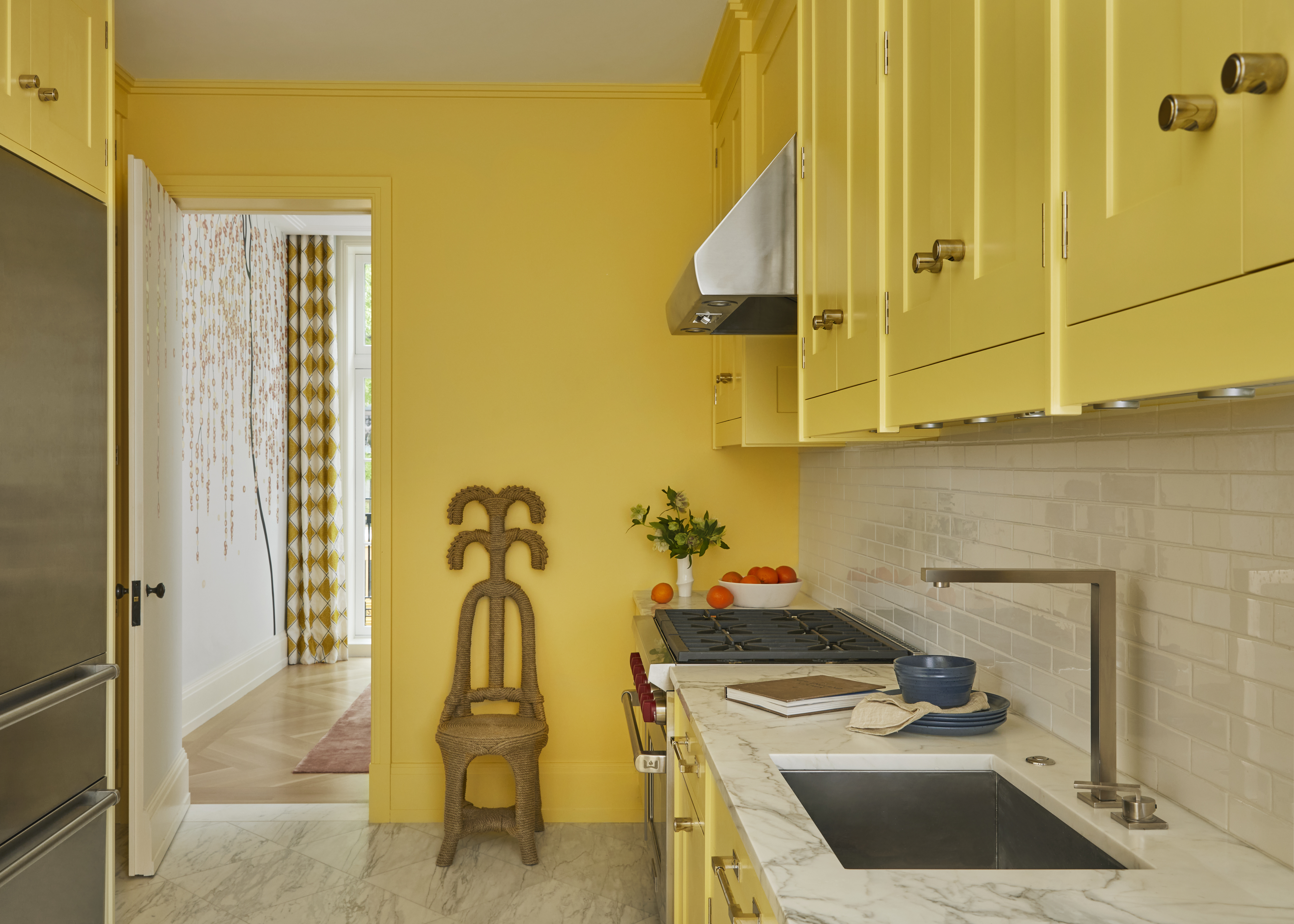
There's no denying the enduring appeal of neutrals. Color trends come and go, but a palette of whites, taupes, and browns will always stay relevant. Notably, though, the simplicity of stark white on its own isn't the timeless design idea we thought it would be.
It's a sight you'd often see in kitchens: white walls and cabinetry, complete with white quartz countertops for a clean, minimal aesthetic. But, when used too heavily, bright whites have a cold, clinical feel that's fallen out of favor (if it was even in to start with, that is). 'It's just too severe and I really see everything softening and warming,' explains Ansley.
Warmer whites with pink or yellow undertones are instead the default choice for pared-back walls. (Even Magnolia is back in public favor.) In kitchens specifically, an even bolder use of color is on-trend, with timeless colors like navy, burgundy, and forest green used for longevity.
'Bright white, monochrome kitchens look too "off the shelf",' explains Paris. 'A more thoughtful shade like a taupe or simple light wood is impactful if you want to stay neutral as it looks more designed, but don't be afraid of color in the kitchen.'
4. Bouclé
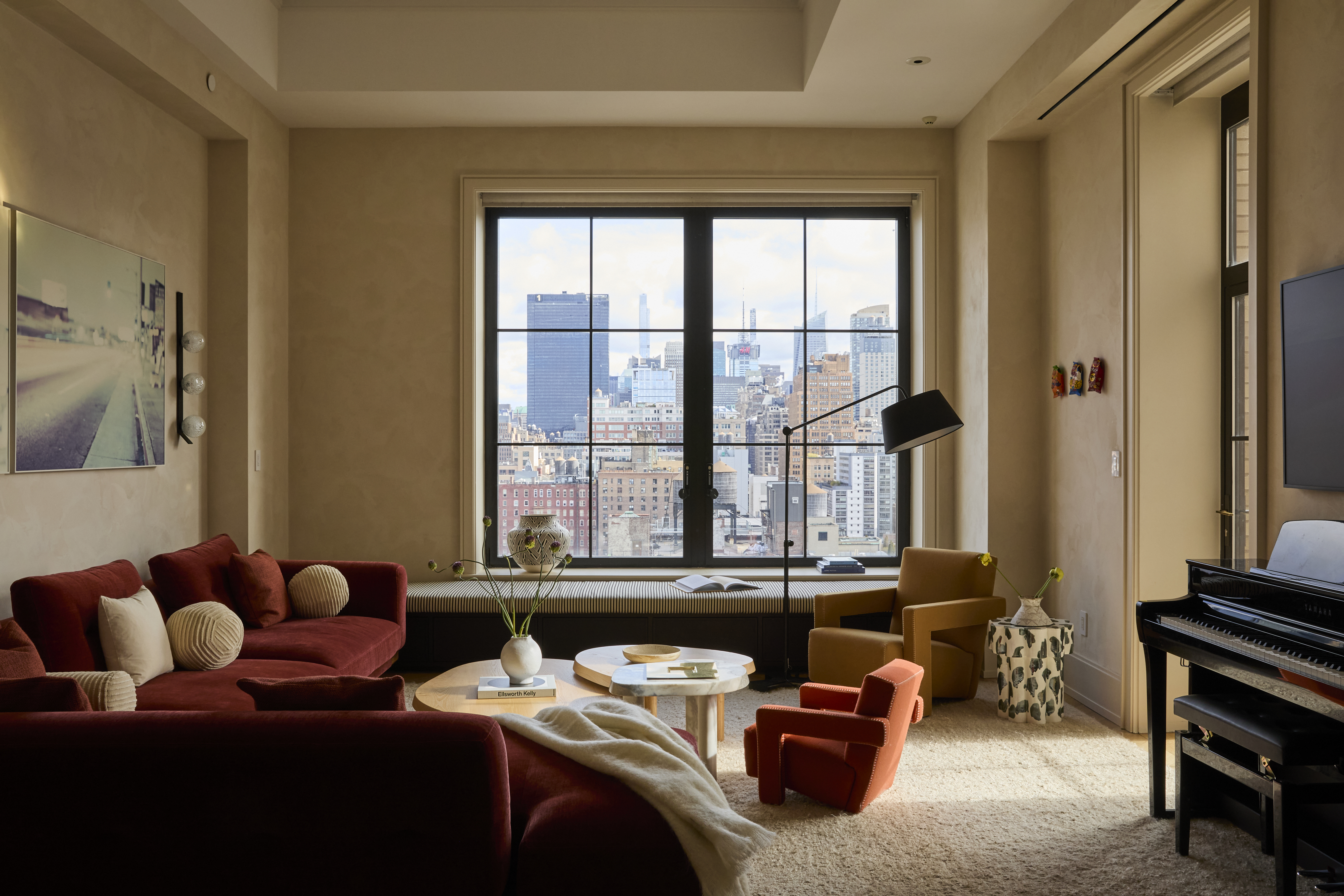
There was no escaping bouclé in 2024. The material was everywhere, used to bring coziness and comfort to our upholstery while still looking elevated and chic. It became so commonplace that it seemed destined for timelessness. But, like many high-flying trends, it's now been overdone, washed up and worn out like a threadbare sofa.
It's clichéd quality isn't all that's to blame, however. Bouclé is far from practical, being a magnet for dirt, dust, and hair. Combine that with the overuse and it's a trend designers certainly regret. 'I hope the bouclé fabric trend is on its way out,' says Laura Elliott of Refined Interiors. 'I get it was something different for a while, but I think it was short-lived and hope we will move past it.'
So, what's replacing bouclé? 'I like to specify mohair for upholstery, namely for its beautiful luster and shine,' suggests Paris (an example of which you can see in the space above). 'It's timeless when compared to something like bouclé due to its superior durability and classic, versatile look that works well with any style of space, from modern to traditional.'
5. Over curation
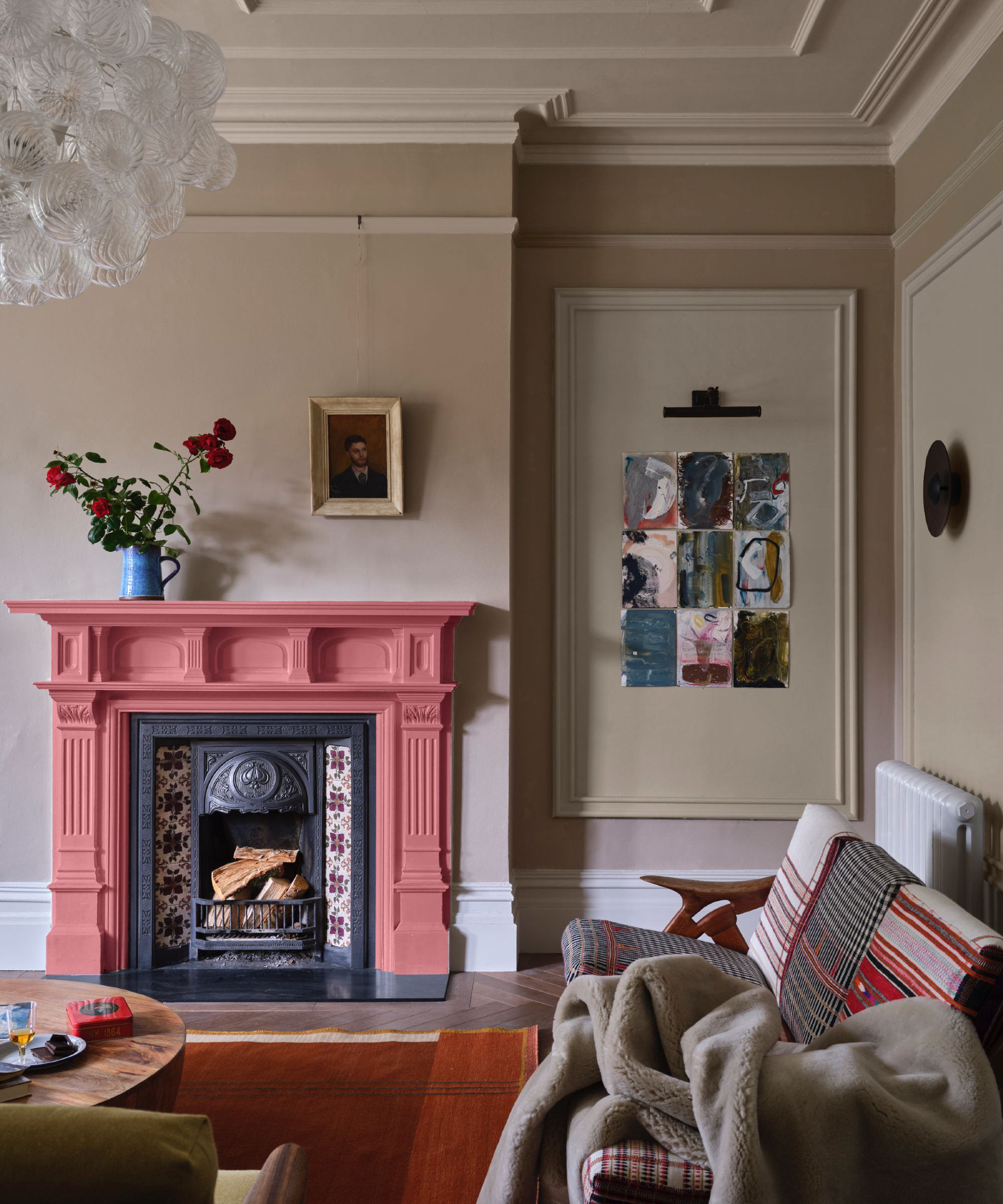
Beyond material and color trends, the fundamental way we decorate can have a certain timeless quality to it. Not so long ago, curated spaces were all the rage, where each accessory was considered and every placement was intentional. With such flawless designs, enduring relevance seemed unquestionable, but the sands of time have proved the opposite.
'Many designers regret creating overly curated spaces,' says Ansley. 'It results in homes that look too "designed" and creates sterility.' For a look that's arguably more timeless, we're decorating in ways that are more personal and eclectic, allowing us to add character to a home.
'This leaves so much opportunity to express your own likes, treasures, and passions,' explains Thiara. 'It’s not so much about a copy and paste look, but more so a lively and cozy expression of self with some fun antique thrown in the mix, and I personally believe that has to stick around!'
It's hard to decide which design ideas classify as timeless. After all, the real test of time demands patience. Before you buy into the next 'timeless' trend, it might be worth waiting a little longer.
For 2025, bright yellows are proving popular. While its longevity as a trend is yet to be clear, it makes a more refreshing sight in a kitchen compared to overused bright whites.
Transportive murals with exotic scenes or verdant foliage are extremely popular right now. Rather than relying on one accent wall, drench an entire room for a truly immersive experience.
Bouclé pillows are out. Instead, choose softer, natural materials for more enduring appeal, like this soft mohair pillow from McGee & Co (in a timeless brown shade, no less).
So even 'timeless' trends date. But really if you want to design a home that never dates, the key is to not really follow trends at all and just decorate in a way you love. That way, regardless of trends that come and go, your home will always reflect your personal style, and 'trends' won't even matter.
